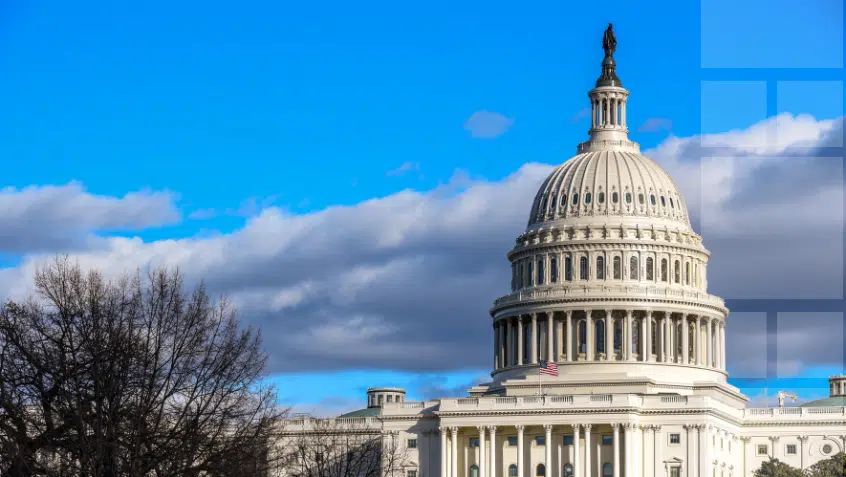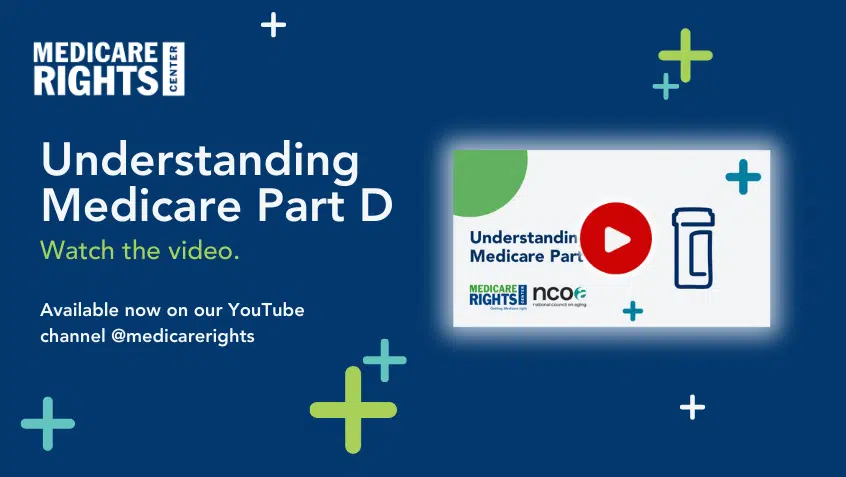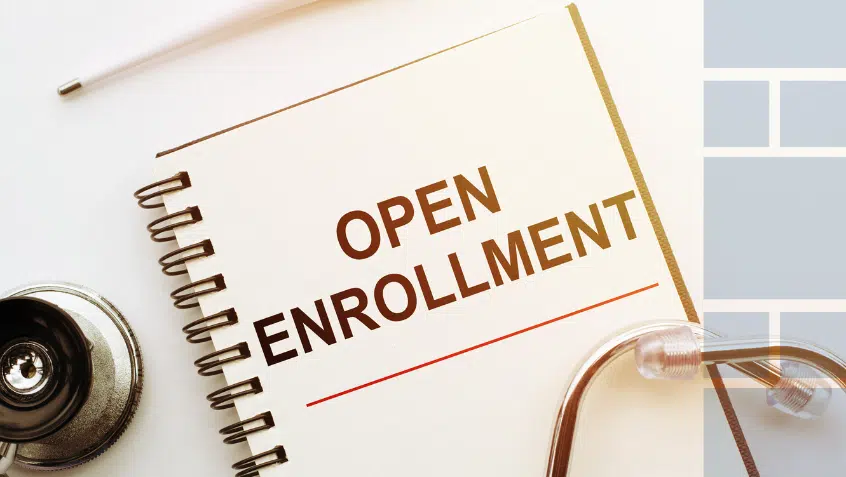Join Us Live for a Discussion on Medicare, Democracy, and the Future of Health Care
KFF Report Highlights State Differences in Access to Medicare’s Low-Income Programs

Medicare provides vital health coverage, but the program’s high premiums, deductibles, and other cost-sharing requirements can put care out of reach, particularly for people with limited incomes.
Some who need help paying for coverage and prescription drugs may qualify for Medicare’s low-income assistance programs. This includes the Medicare Savings Programs (MSPs), which can cover Part A and Part B premiums and cost sharing. The MSPs also help by automatically enrolling beneficiaries in the Part D Low Income Subsidy (LIS, or “Extra Help”), which pays some to most of an enrollee’s Part D prescription drug costs.
A new Kaiser Family Foundation (KFF) report examines these assistance programs and their reach, including differences across states.
While MSPs are administered at the state level, the minimum financial eligibility standards are set federally at 135% of poverty. Troublingly, these limits are extremely low. In 2022, to qualify for help with premiums and cost-sharing, an individual must have an annual income of $18,347 or less and assets below $8,400. States are allowed to ease these limits, but few have.
The LIS eligibility rules are slightly different. They allow people with incomes and assets up to 150% of poverty ($20,385 in annual income, $14,010 in assets for an individual in 2022) to receive varying levels of assistance. Unlike the MSPs, LIS is a fully federal program so states cannot set higher income or asset thresholds.
The KFF data captures the programmatic and state differences. Among the key findings:
- In 2019, 16% of all Medicare beneficiaries (10.3 million people) were enrolled in an MSP. This includes 7 million beneficiaries who also receive full Medicaid benefits and 3.3 million who receive premium and/or cost-sharing assistance only.
- Most states use the federal MSP financial eligibility standards. As of 2021, only four states and the District of Columbia had raised the qualifying federal poverty limits, while ten states and the District of Columbia had eliminated the asset test, and three states had adopted an asset limit above the federally defined minimum level.
- The share of state Medicare populations enrolled in MSPs ranged from a low of 7% (North Dakota) to a high of 33% (District of Columbia).
- States with more generous MSP income and asset thresholds—as well as states with higher poverty rates among older adults—tend to have larger shares of beneficiaries enrolled in the MSPs. Among the nine states and the District of Columbia with highest share of Medicare beneficiaries enrolled in MSPs, eight have either eliminated or eased asset limits.
- While MSP enrollees automatically qualify for LIS, the opposite is not true, in part because of the programs’ different financial eligibility criteria. However, in 2019, nearly 1.6 million LIS enrollees were not in an MSP, including 1.1 million who were eligible.
- Compared to Medicare beneficiaries overall, the MSPs and LIS disproportionately serve beneficiaries in communities of color, beneficiaries under 65 with disabilities, and women, who tend to have lower incomes and modest savings. For example, 21% of MSP enrollees are Black, nearly double the share of Black enrollees (11%) in the total Medicare population. Similarly, 19% of MSP enrollees are Hispanic, more than double the share of Hispanic enrollees (8%) in the total Medicare population.
- Despite the important financial protections that MSPs and LIS provide, many low-income beneficiaries are not receiving these benefits. Historically these programs have had low participation, despite some state and federal efforts to increase enrollment.
As KFF notes, “There has been some discussion among policymakers of improving financial protections for low-income Medicare beneficiaries, for example, by expanding income eligibility thresholds for both the Medicare Savings Programs and Part D Low-Income Subsidy, aligning eligibility criteria between these two programs, and by raising or eliminating the federal asset test for the Medicare Savings Programs, as some states have done.”
Medicare Rights strongly supports eligibility and other program reforms. MSP and LIS financial assistance can be a lifeline, allowing enrollees to maintain their Medicare coverage, access needed care, and afford other necessities, like food and rent. However, not all who need this help can access it. A key problem is that the programs’ low income and asset limits often unduly restrict participation. We urge Congress to correct this without delay.
Read the report, Help with Medicare Premium and Cost-Sharing Assistance Varies by State.
Show Comments
We welcome thoughtful, respectful discussion on our website. To maintain a safe and constructive environment, comments that include profanity or violent, threatening language will be hidden. We may ban commentors who repeatedly cross these guidelines.
Help Us Protect & Strengthen Medicare
Donate today and make a lasting impact
More than 67 million people rely on Medicare—but many still face barriers to the care they need. With your support, we provide free, unbiased help to people navigating Medicare and work across the country with federal and state advocates to protect Medicare’s future and address the needs of those it serves.
The Latest
Most Read
Add Medicare to Your Inbox
Sign up to receive Medicare news, policy developments, and other useful updates from the Medicare Rights.
View this profile on InstagramMedicare Rights Center (@medicarerights) • Instagram photos and videos









